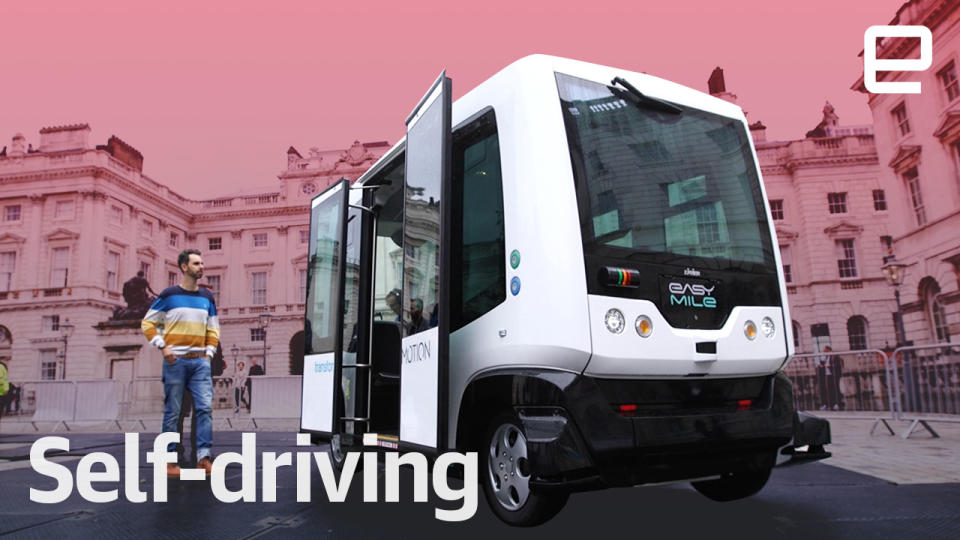Bosch details its work on present and future self-driving cars
Like many companies, Bosch will play a part in our autonomous future.
There are so many companies working on different pieces of the self-driving puzzle, it's hard to keep track of all the partnerships and small developments that are pushing us ever closer to kicking back in a fully autonomous vehicle. While not as visible as some other firms, Bosch is a significant force in the automotive industry, producing various car components alongside the power tools and home appliances most regular consumers will associate the brand with. Naturally then, given its industry experience, Bosch is working on self-driving technologies of its own, recently heading to London's Somerset House to show off some of the things it's doing right now, as well as what it might do in the future.
Bosch has already partnered with NVIDIA to develop an AI brain for self-driving cars, with TomTom on mapping systems that'll help vehicles see the road ahead, and with Mercedes on automated valet and taxi concepts. The showcase in London featured a few more tangible developments. These included various EVs powered by Bosch drivetrains, from e-bikes to existing and pre-market electric scooters and city cars.
At the event was also a kind of storyboard of autonomy, starting with the opening pane of assisted parking, which isn't an uncommon feature in cars nowadays. Likeminded collaborator EasyMile, one of many at the showcase, was ferrying people around in its EZ10 autonomous shuttle, which had been programmed to run a pre-determined route around Somerset House's main courtyard. While not mobile itself, Bosch also brought along an off-the-shelf Tesla equipped with extra cameras, radar and LiDAR sensors. Bosch is using this to develop autonomous functionality that goes beyond the Autopilot assisted driving tech Teslas already possess.
The most visually striking exhibit at the event was Bosch's concept car, which featured an almost entirely screen-covered dashboard. Several demos showed how these displays could be used to control your smart home, browse social media or catch up on your favorite show. It's intended to show what's possible when the driver no longer needs to pay attention to the road -- when we reach the holy grail of full autonomy.



